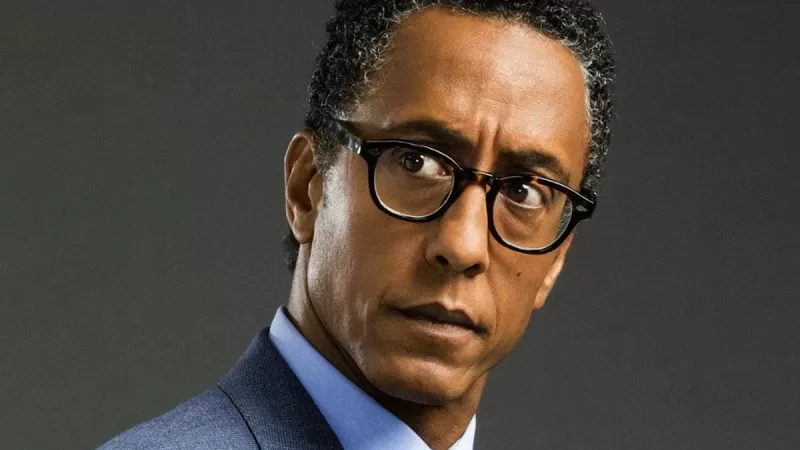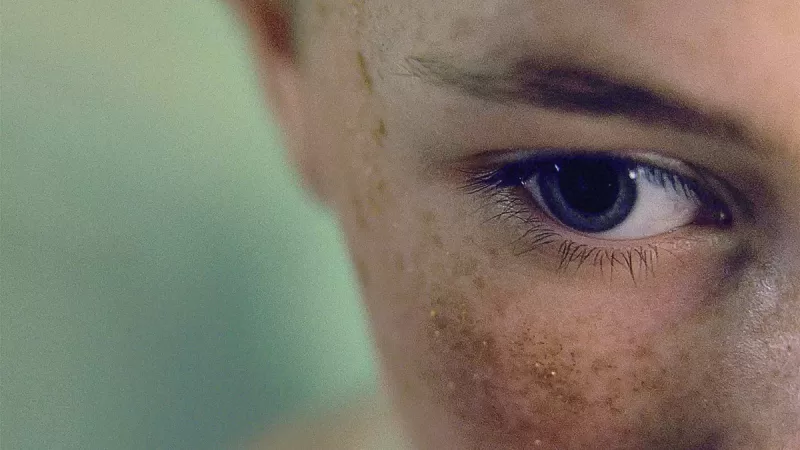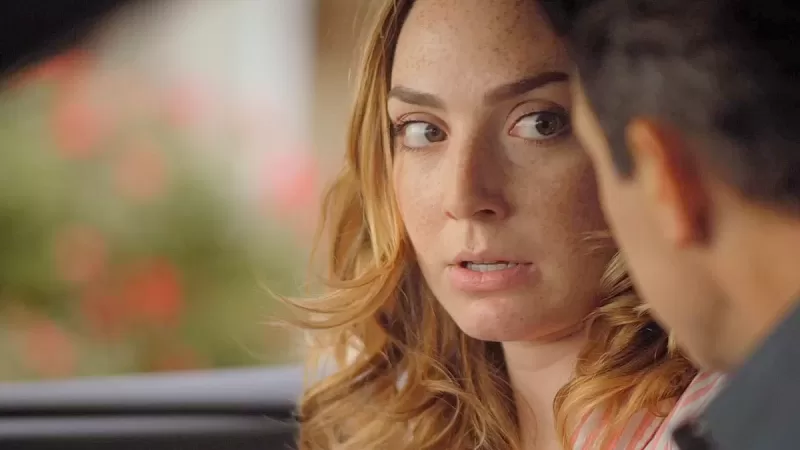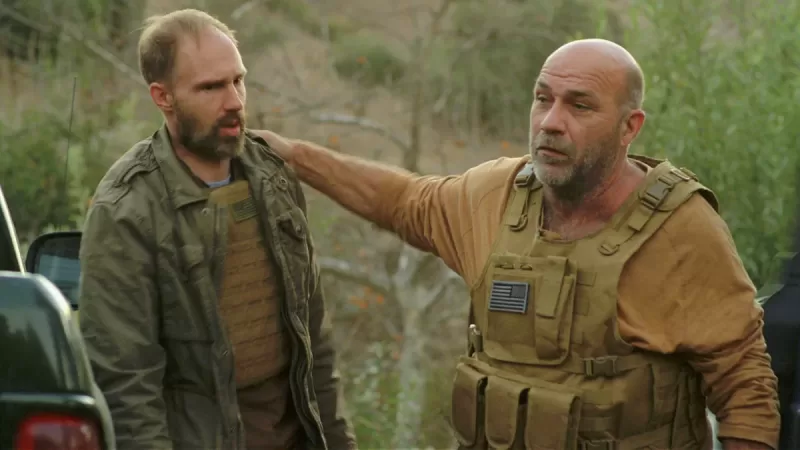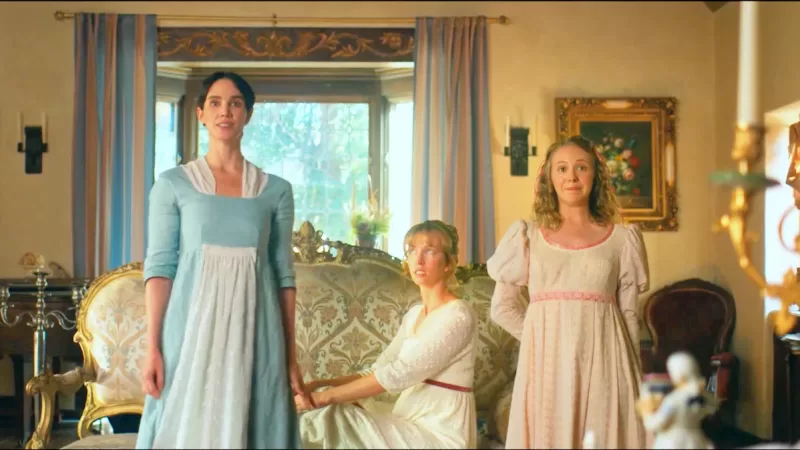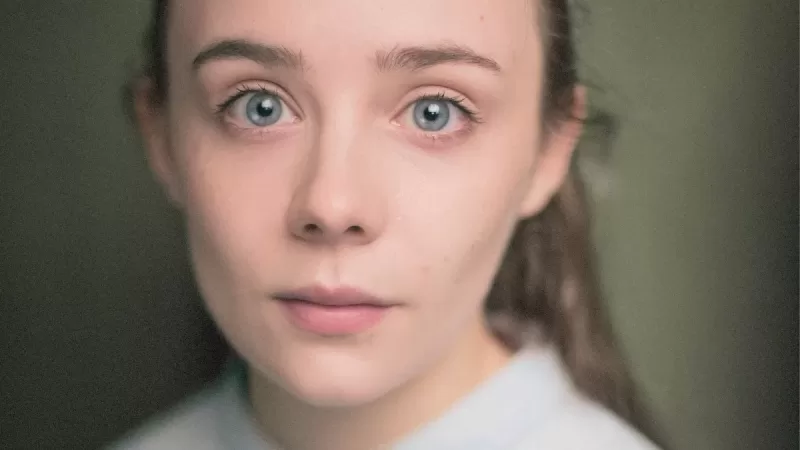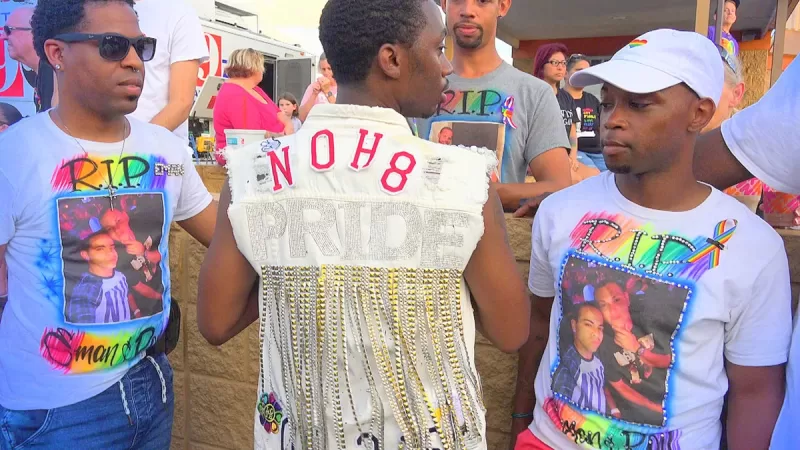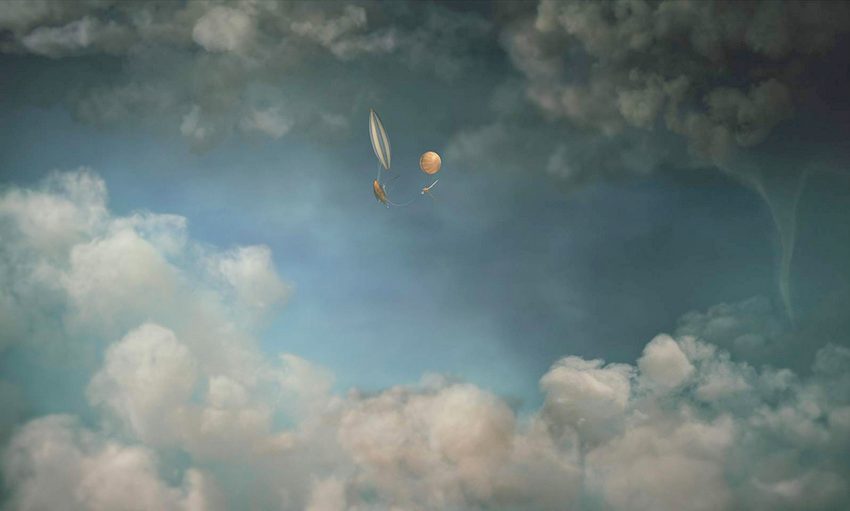
indieactivity: Introduce your film briefly
Mark C. Smith: Two Balloons is a stop motion, animated short, produced in Portland, OR. The film is about people sticking together when life gets rough.
indieactivity: Give a background of your personal experience with the story.
Mark C. Smith: The idea for Two Balloons was shaped by a song and the ocean. I was on a sailboat and during a long passage I saw a funnel cloud for the first time, it was probably 200 feet high. As I watched it skip across the white capped waves, I was listening to a song in 3/4 time, the time signature of a waltz and that’s when the idea for the film happened.
indieactivity: Did you start writing with a cast (You or any) in mind?
Mark C. Smith: Originally Two Balloons was supposed to be a live action film- with human actors not lemurs. When the aircraft hangar we needed to accommodate the ships became unavailable we suddenly had a scale problem. I turned to stop motion as a solution and that’s when our actors transitioned to puppets.
indieactivity: How long did you take to complete the script? (Do you have a writing process?)
Mark C. Smith: The story revealed itself quickly. After seeing the weather event I mentioned earlier, I took the day dream-like idea the ocean and song gave me and filled a journal with a broad stroke story across three acts. When I returned home and stop motion became the storyteller I felt as if I was in a foreign country. Stop motion is it’s own language. I found the best way to translate words was through story boards because it revealed if the words on paper could be expressed on the screen.
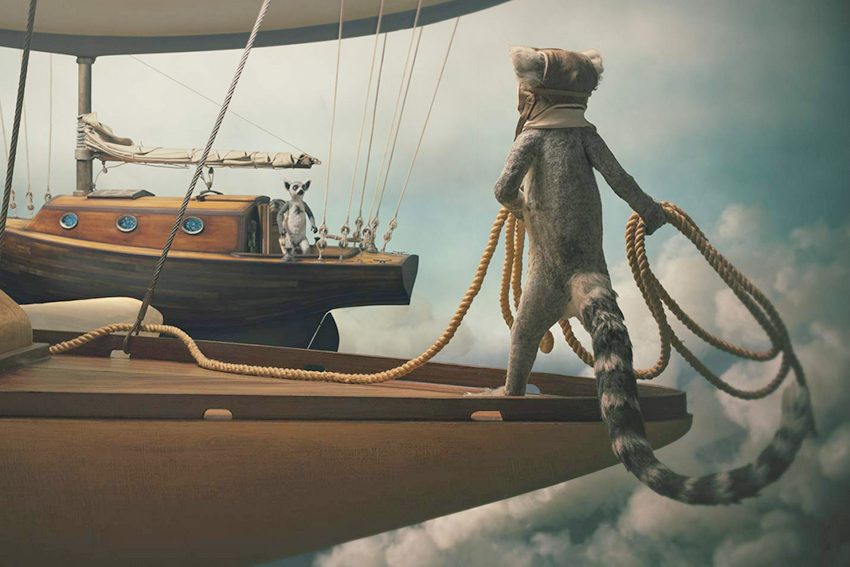
indieactivity: How did you develop ‘your film’?
Mark C. Smith: Portland, Oregon is home to many animation studios. Two Balloons was developed during pre-production by gaining the support of the animation community in Portland. I worked at surrounding the film with people who have built their lives around stop motion animation.
indieactivity: How was it financed?
Mark C. Smith: Two Balloons was self-financed
indieactivity: Is there anything about the independent filmmaking business you still struggle with?
Mark C. Smith: With stop motion because production is measured in years instead of weeks there is an awkward balance between building a good team and respecting everyone’s desire to pursue long term opportunities. An example would be our Animation director / Lead Animator, Teresa Drilling. During pre-production and production she received offers to work on the stop motion feature Anomalisa and the Amazon series Tumble Leaf. To accommodate Teresa (so she would not miss out on a good opportunity) we changed our schedule and worked on shots that did not require character animation. The same dynamic happened in post also. Our Visual Effects Supervisor, Adam Sager, had an opportunity to work on a television series so we modified our schedule. Freelance, friendship and stop motion is a difficult balance. You want to surround yourself with the best people because that is what’s best for the film but the best people are in high demand.
indieactivity: How long was your pre-production?
Mark C. Smith: We spent 16 months storyboarding, building sets, fabricating puppets and constructing a studio.
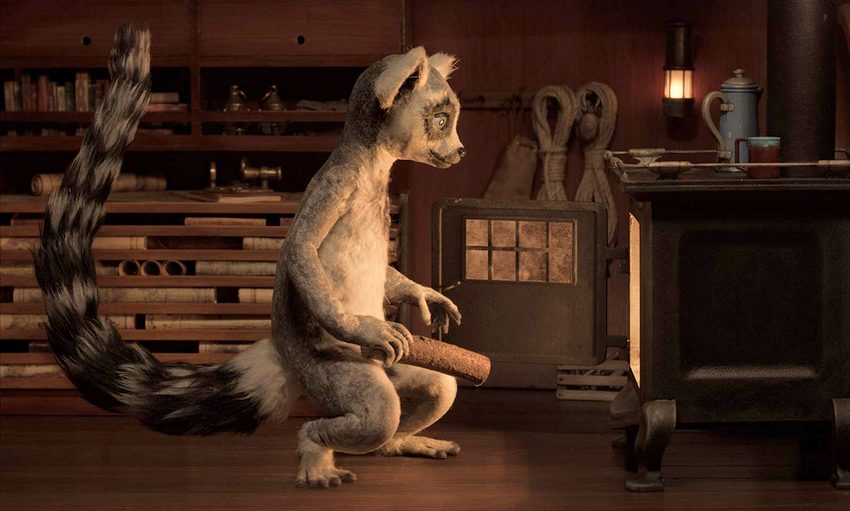
indieactivity: What was your rehearsal process and period?
Mark C. Smith: Our Animation Director and I, along with other members of our crew, acted out our shots for reference. We filmed rehearsals using i-phones. After achieving a good take, I’d import the footage into Adobe Premiere and edit the rehearsal clip to match the timing of the animatic. The edited export would then be brought into Dragon (stop motion software for animators) and onion skinned over what the camera was seeing. Filming our rehearsals helped the animators because it gave them objective direction. And it helped us develop our characters because we talked about every movement and how movement reflected Bernard and Elba’s personalities.
indieactivity: How long did it take you to shoot the film. How long were your days?
Mark C. Smith: It took us four years to reach the last frame of the film. Our days started at 10 am and we often worked in shifts on different stages until late, 11pm sometimes later.
indieactivity: Did the long shooting schedule make it harder or easier? How did it affect performances?
Mark C. Smith: We had a couple 8 to 10 second shots that took a month or more to complete. What is time consuming about stop motion is having to shoot multiple elements on multiple stages. In our case the elements were our ships, characters, clouds, stars, matte paintings, an ocean, etc. Shooting each element individually was like creating jig saw puzzle pieces that went into a box (hard drives) to be connected (composited) months later. The compositing was an extension of the shooting schedule because many of the lighting, scale and parallax concerns had to be addressed again when we married the elements together.
The attention to detail necessary to finish a stop motion shot might seem more difficult than live action, because the latter gives you clouds, stars and an ocean for free and already composited. However in live action the meter is always ticking and that creates pressure to move forward and sometimes a chance at a better performance is left behind. The positive part about stop motion is you can shut the meter off and take the time to work through the difficult until a solution reveals itself.
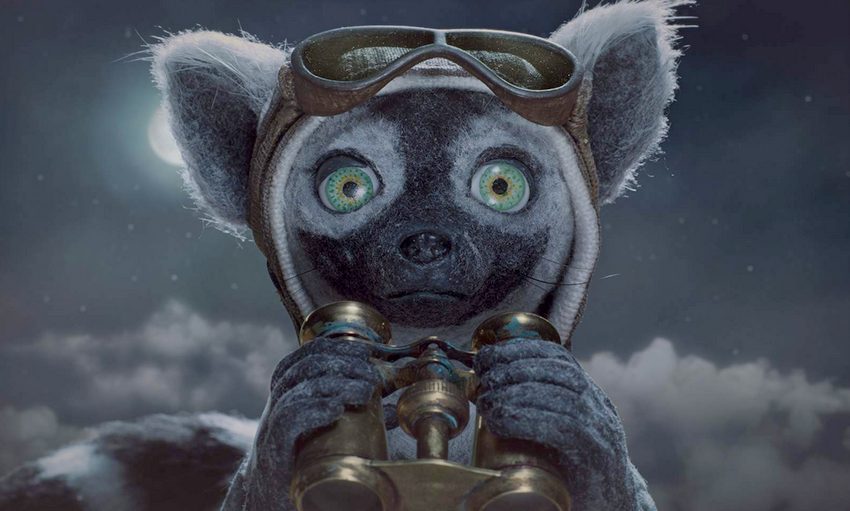
indieactivity: How much did you go over budget? How did you manage it?
Mark C. Smith: Our budget was $70,000. I stopped counting when we went north of it. The kindness of strangers is how we managed to reach the finish line. We got a lot of help from the animation community in Portland.
indieactivity: How important is marketing? Do you think a project can make any dent without it these days?
Mark C. Smith: I was talking with a friend who works for Sony and he mentioned that there are features that have 1:1 budgets for production and marketing. That ratio is not possible for an independent production yet marketing is necessary. Having your film seen is part of the filmmaking process.
I think film festivals are the best way to find an audience. The festival circuit is a world stage yet it’s a small community. Many of the programmers know each other and through word of mouth a film can gain momentum. Programmers are silent film critics. Their official selections are an opinion that means a lot. When a film is invited to an established festival, a door opens toward editorial support and sales / distribution.
indieactivity: What was the experience like of working with such a small shooting crew?
Mark C. Smith: Arguably people are the most complex variable on a set. The pressure that accompanies the challenge of trying to create good work can trigger conflict. Time unified our core crew (seven people).
Over the course of four years all of us wore many hats. Six months into production we didn’t have to discuss who should take on a particular task. We knew each other’s strengths. It was a band-like dynamic. We had our ups and downs but our highs and lows were the result of trying to do what was best for the film. We were seven grains of sand, agitating each other, trying to make a pearl.
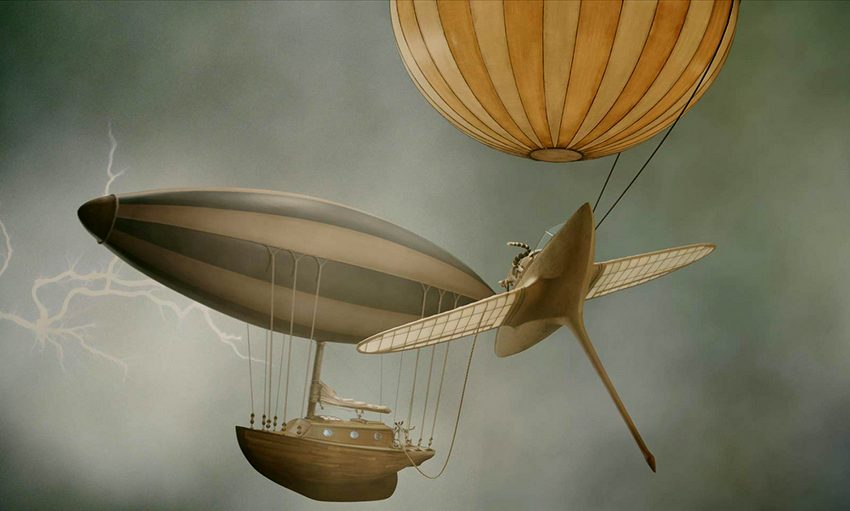
indieactivity: The film looks stunning. How was that achieved?
Mark C. Smith: The medium we were working in gave us the opportunity to gain more production value. We had to build a 1/2 scale lemur world and that afforded us the chance to exact detail that would have been impossible (cost prohibitive) in live action.
indieactivity: Did you look at rushes? On what format?
Mark C. Smith: As soon as a shot was finished we created what we called slap-comps (a rough composite of a shot). I would drop that into the animatic timeline (replacing storyboards with a finished shot) and approve the shot or make notes to cut back (re-animate starting somewhere within the shot). When the shot was approved we’d break down the sets and prepare to launch another shot.
indieactivity: What else have you got in the works?
Mark C. Smith: There is a short story by Dave Eggers that I want to adapt into an animated short. The Eggers’ story is one of the reasons I chose to produce Two Balloons as a stop motion film- to prepare for the Eggers story.
Follow Two Balloons on Social Media
Website
IMDb
Facebook
Twitter
Instagram
Vimeo
Andre Royo to Deliver Keynote Address at Beyond Hollywood Int’l Film Festival Awards Night
Andre Royo is at Beyond Hollywood Int’l Film Festival Release April 28th, 2024
CLODAGH Directed by Portia A. Buckley is an Official Selected Short at Cleveland
CLODAGH has been selected for the prestigious Cleveland International Film Festival
Stargazer by Alan McIntyre. A Spellbinding Tale of Science, Seduction and Betrayal Debuts April
Stargazer Gets Digital Debut for North American VOD Platforms and DVD on April 30, 2024
Day Labor by R. Ellis Frazier, Action Thriller Gets May Release
Freestyle Digital Media Acquires Action Thriller “Day Labor” For May Release
Jane Austen’s Period Drama Wins Audience Awards at Cleveland International Film Festival
Julia Aks and Steve Pinder’s Whimsical Comedic Short Wins The Audience Choice Award
Thomasin Lawson, Joins Honor Swinton-Byrne and Greta Bellamacina on “All Five Eyes”
Alta Global Media on board to Executive Produce the US/UK Co-Production
Exclusive Interview with Aleesha Yates on Feature Documentary, “Surviving Pulse”
Aleesha Yates is a driving force behind making “Surviving Pulse: Life After a Mass Shooting” feature doc.
Jack Roper Joins Cast of Bruno Pischiutta’s Mega-Film Project, The Trilogy
British Actor Jack Roper joins Stephanie Tripp, Seven Grant, and Cristina Perez

